Over the past few decades, numerous court cases have decided the standard for how students should dress in schools. Recently, students at Pleasant Valley Junior High (PVJH) protested the dress code in hopes for a change.
Students at PVJH and some from PVHS created a group known as “Iowa Students Against Dress Code” to combat the flaws of the dress code. The group is working to spread awareness and modify the current dress code and has accumulated almost 30 members to date.
On April 15, 2021, eighth grader Evie Nicolai, among others, gathered statements from girls at PVJH to be written on sticky notes and placed around the school. Another member of the newly formed group, eighth grader Ruby Headley, taped posters throughout the school regarding her view of their dress code.
“I thought it was the best way to reach a lot of people quickly,” Headley explained. “I felt that it was important because the dress code pushes that women have to cover up and that we are responsible for what people look at.”
Upon enforcement, dress codes appear to be gender specific; females tend to receive violations regarding midriff whereas males receive the majority of language violations.
Erickson clarified the intentions of the dress code. “I don’t think the rules are written, nor do we intend to enforce them gender specific,” he reiterated. “I just want to make sure that they’re always enforced respectfully– it’s a dialog, not an edict.”
Women in particular have felt singled-out when a dress code is enforced upon them for showing too much of their body. Freshmen Ella Hurst wants dress codes to be modified to allow for more inclusivity.
“As someone who has experienced being dress coded and asked to change I remember the way I felt not only humiliated of my body, [but] I felt objectified and of something I couldn’t control,” Hurst explained.
Each school year, the school board decides on the dress code with consideration to fashion’s evolution and the changes in society. When enforced by teachers, PVHS high school principal Darren Erickson advises staff to give students the benefit of the doubt with respect to the grey areas that fall within the dress code.
Confusion generally arises regarding reasoning for specific rules in the dress code. The PV school board takes previous court cases and the general focus of the environment into consideration when formulating a dress code.
In Dec. of 1965, high school students in Des Moines, Iowa broke dress code boundaries. The Tinker siblings, along with their friend Christopher Eckhardt, wore black armbands to signify a truce in the Vietnam war despite the school’s rules against it and promise of suspension.
They were sent home for wearing the armbands, and their parents later took the case to court where Tinker won against Des Moines and they sued the school. By expressing their stance in a current and controversial event and challenging the school, the students were able to retain their first amendment right to freedom of expression while in school.
Erickson explained the rule of thumb that the school advises regarding dress codes. “It comes down to establishing a positive, productive, professional environment,” he said. Hats, lounge wear, midriff and inappropriate language often fall into an ‘unprofessional’ category.
With the addition of face shields this year, hats have become more prevalent and were excluded from enforcement. However, as face shields have been prohibited, hat wearing still remains common, and administration decided for hats to continue being acceptable and suggested against enforcing them.
Some teachers and students expressed confusion by the leniency of hats without any change to other aspects of the dress code, but the decision was made based on the situation.
Nicolai expressed her disagreement with the dress code’s declaration of professionalism. “I feel that the dress code is too strict because everyone has the right to wear clothes that make them feel comfortable,” she said. “The point of the dress code is to ‘make us more formal,’ but kids wear pajama pants and hoodies to school.”
Although dress codes are not meant to be unfair or inconsiderate of student’s rights, many students feel that there needs to be a greater margin in what students can wear and want their voices heard.
“Having a dress code makes sense. What’s on it doesn’t,” Nicolai expressed.


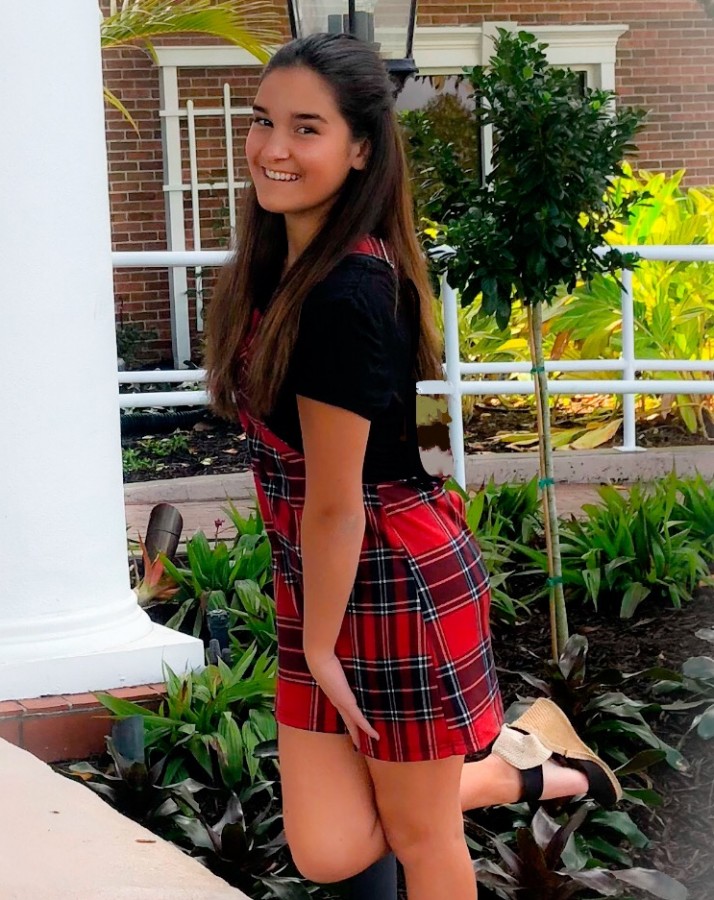
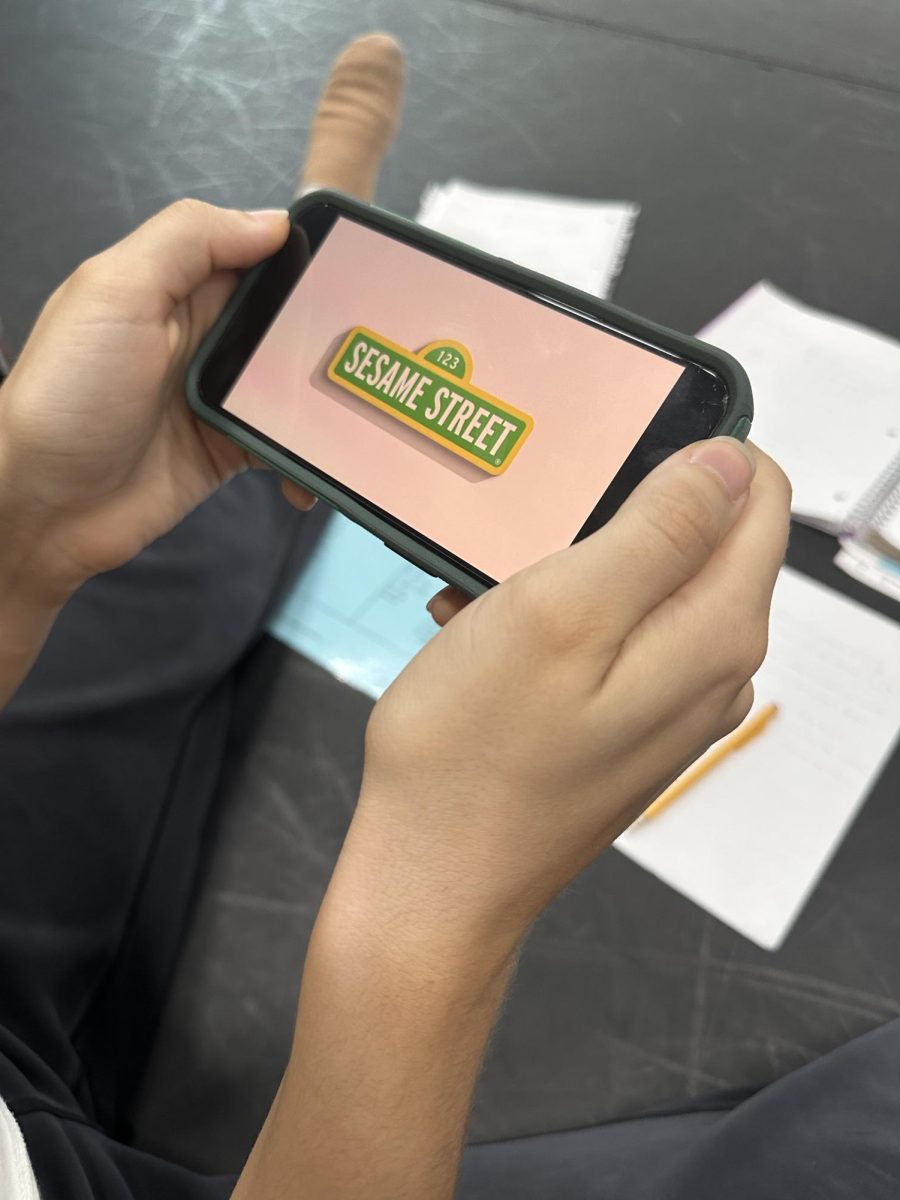

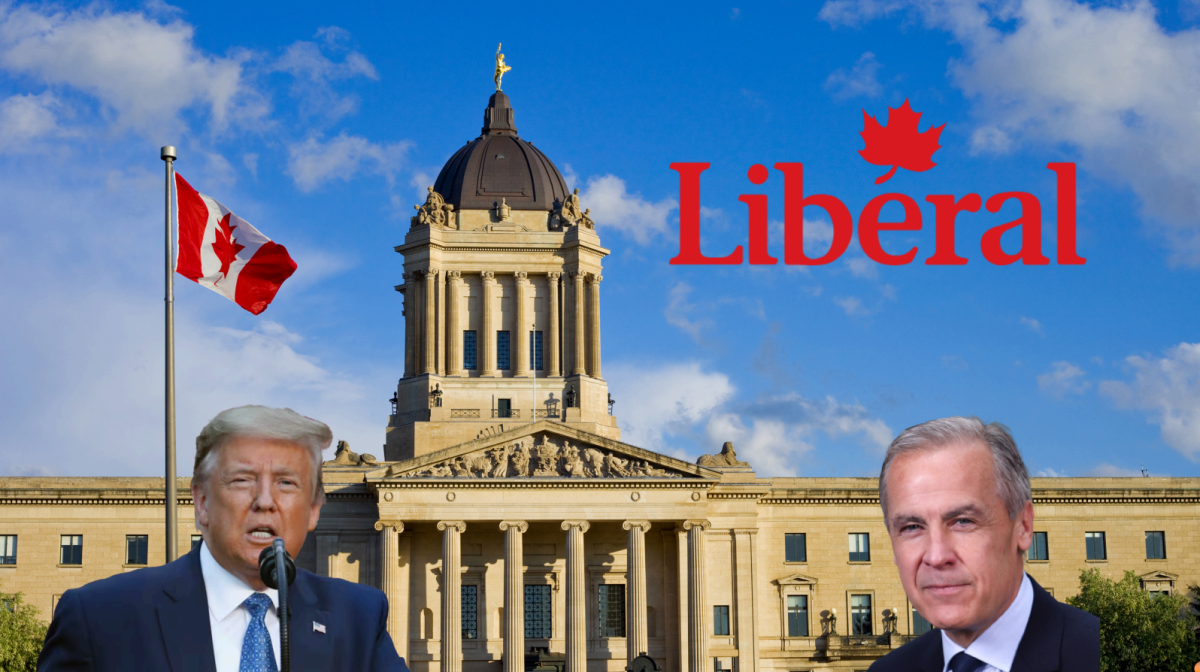


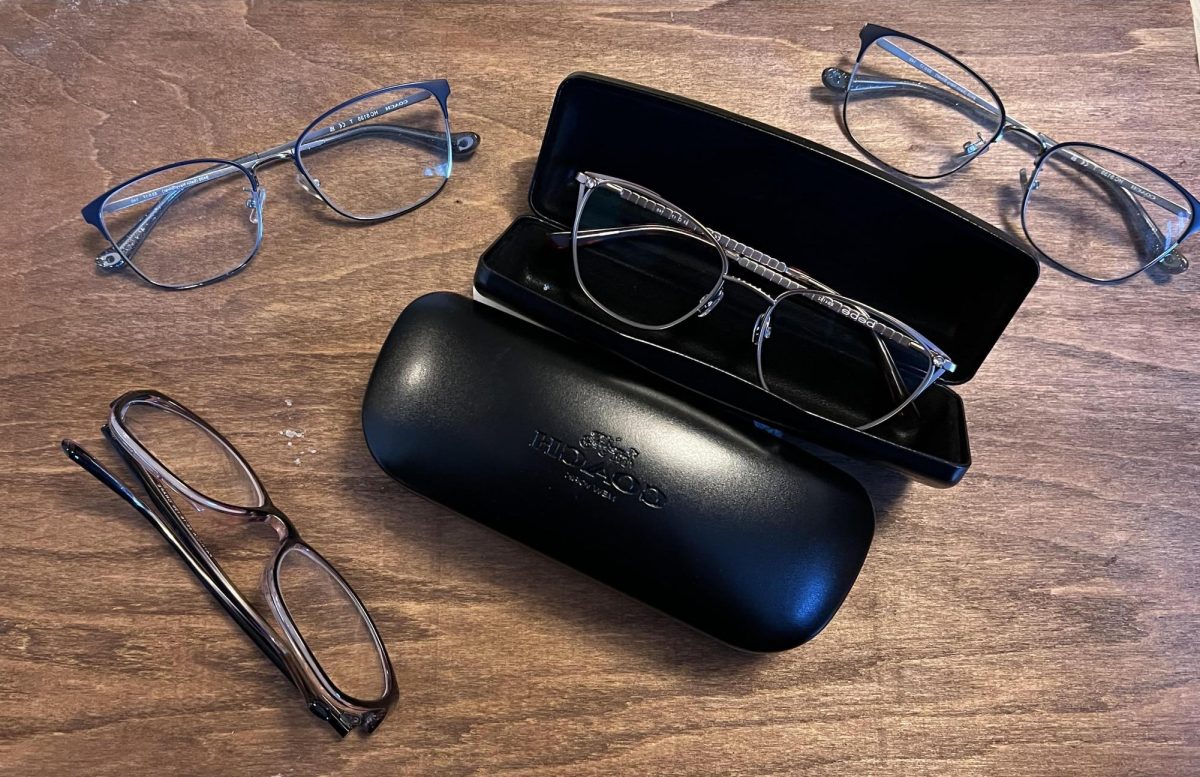






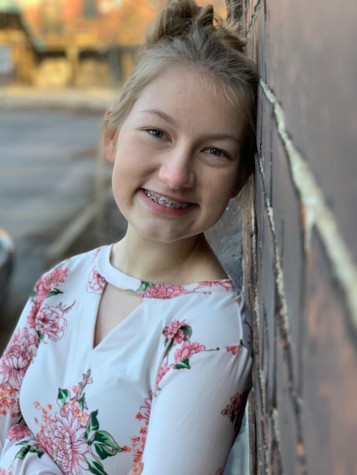
Elijah K Bush • May 4, 2021 at 10:09 am
You have a really good article, with many valid points.
joey borbeck • Apr 29, 2021 at 2:28 pm
great article, I agree with a lot of the things you said!
Eerie • Apr 28, 2021 at 9:54 am
LET US DRESS LIKE A HUMAN
Sam Kowing • Apr 28, 2021 at 8:44 am
Heaven forbid someone see shoulders while at school…
Also, is it just me or did some teachers not get the memo about hats? I’ve still sometimes seen people called out in the hallway for wearing a hat in school.
It would have been nice to hear about some of the specific parts of the dress code the students were protesting against.
Dounia sareini • Apr 28, 2021 at 7:25 am
We send our kids to school to learn and get an education, their is nothing wrong with having a dress code. I’m sorry but girls don’t not need to be wearing crop tops and short shorts to school. They can cover their bodies. As a parent of 3 girls i don’t find it appropriate for them to be showing off parts of their bodies, they are at school to learn not for a fashion show. Sorry just my opinion